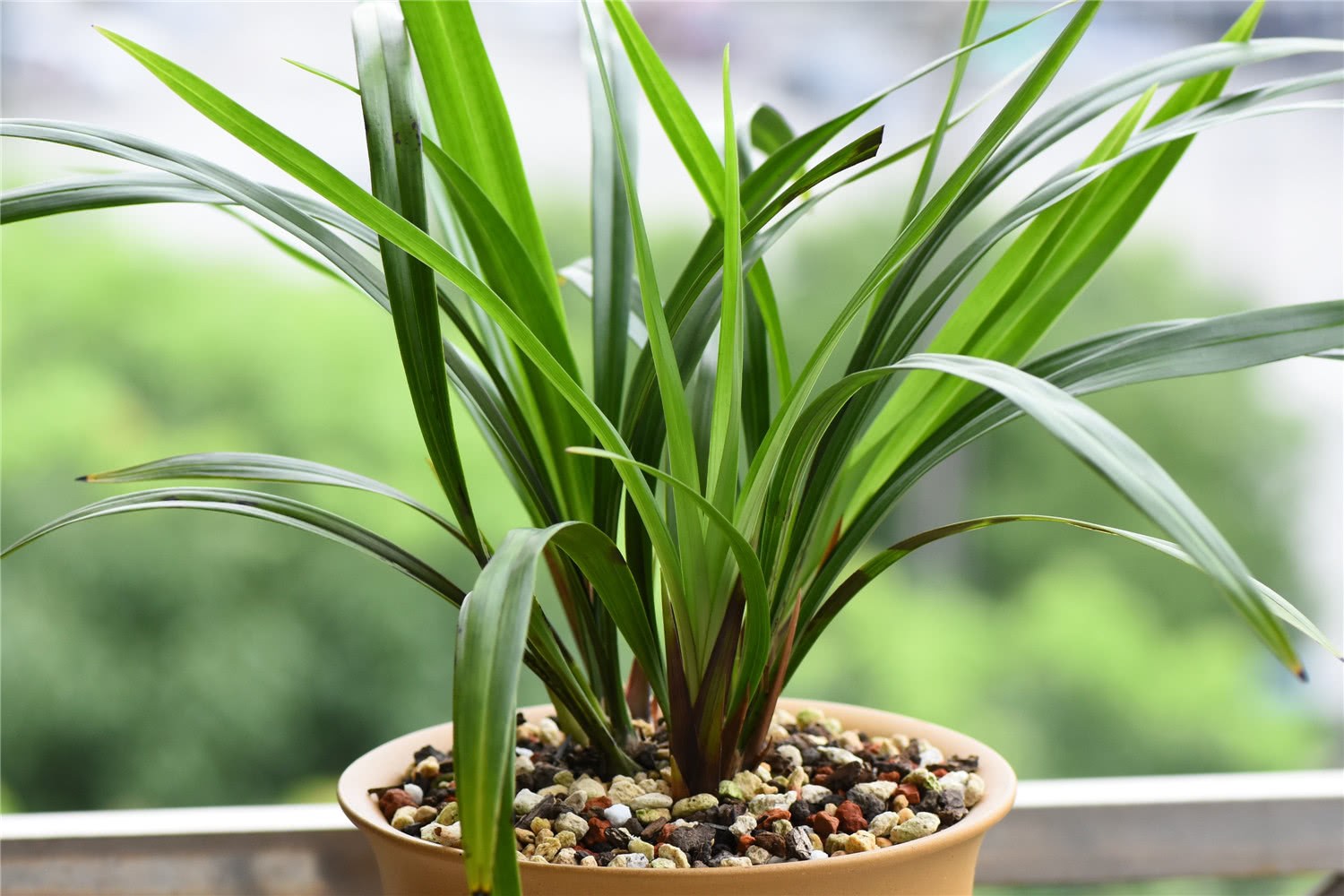Golden nanmu: it's a pillar, but it's not very interesting to make furniture.

When I was talking about ash tree, I mentioned the comment on the book. Today, I would like to talk about a cross talk, which is a joke from the emperor in Mr. Liu Baorui's "King and subject fight". In Duan Zi, Liu Kui bet with Hekun that he had signed a copy of Emperor Qianlong on charges of stealing graves and digging tombs. The detail of "stealing graves and digging graves" in crosstalk is that Palace of Heavenly Purity was on fire. For a while, no huge wood could be found for reconstruction of beams and columns, so we demolished the Ming Tombs Palace of the Ming Dynasty and took wood.
In fact, this joke is not all a fiction of crosstalk. Emperor Qianlong really did it. In 1787, he ordered the repair of the Ming Tombs. One of the ministers who supervised it was Liu Yong. At that time, the plan was to demolish the large and small ones and replace them with a lot of wood. However, instead of being used to repair and clean the palace, they did not know where to go. The wood the emperor has been thinking about all day is the famous golden nanmu.
The Temple of Li [l í ng] en in the Changling Tomb of the Ming Tombs is the largest existing Nanmu Hall. Picture: Andrew Bell / wikimedia
What is nanmu?
Although Jinshinamu is famous, it is not a botanical name, nor even a standard name in wood science. In fact, it is just a folk name, which means "nanmu" with golden silk.
The reason for using quotation marks is that this "nanmu" is not the protagonist of today's nanmu Phoebe zhennan, but the general name of many kinds of plant wood of the genus Phoebe of Lauraceae and Machilus of the genus Runnan. Nanmu P. zhennan is only one of them, and the word zhennan is the pinyin of its old name Zhen Nan. If there is no special description below, the nanmu I am talking about refers to the wood of this large category of plants.
Tall and straight nanmu P. zhennan in Chengdu Botanical Garden. Picture: Daderot / wikimedia
Left: Phoebe neurantha, whose perianth segments are close to the fruit; right: the fruit of Machilus thunbergii, whose perianth segments are rolled back. Picture: Jens G. Rohwer / myspecies.info;alchetron.com
It's a pillar and a good coffin.
Whether it is nan or run nan, wood is called nanmu, which has been popular since ancient times, but it is rarely used to make furniture, the biggest use is two, one is beam column, the other is coffin. Why does it have to be these two? We have to start with the wood characteristics of nanmu itself.
First of all, nanmu is fragrant and not so pungent as camphor wood (several species of camphor wood in Lauraceae), but a soft fragrance that does not like to be eaten by insects. Secondly, nanmu has very good dimensional stability, with an average expansion and shrinkage rate of 2.7%. If it is carbonized gloomy nanmu, it is only 2%. The expansion and shrinkage rate is an index to measure the dimensional stability of wood, that is, the extent of volume expansion and shrinkage of wood with different water content, if it is less than 3%, it is very low. In addition, nanmu itself is tall and straight, can produce big materials, and sawing large pillars and boards do not need to be spliced, so it is naturally the most ideal material for beams and coffins.
The Changling Mausoleum of the Ming Dynasty is the mausoleum of Zhu Di, the founder of the Ming Dynasty, in which the Hall of Suen is supported by 60 nanmu pillars of whole wood. Picture: Oriental IC
The watchman should probably ask: there is nothing wrong with making furniture with these advantages, so why not? In fact, it is not impossible, but in ancient times, apart from cultural habits, nanmu had the biggest problem, that is, it belonged to cork, its own density was not too high, and its texture was relatively soft, needless to say that banging on its nails was a mark. The big pillars and beams don't matter, and the dead people in the coffin don't have a problem with it, but if you make a set of furniture at home, you won't look good all over the body. So in the past, even if nanmu was used to make furniture, basically all had to be painted and pasted with gold. Nanmu itself is equivalent to wooden tire, and it is no problem to replace it with other cork.
Gold nanmu furniture. Photo: sun Meng / Oriental IC
Nanmu was widely used in the buildings of the Ming and Qing dynasties. Although Emperor Qianlong did not really steal wood to repair the Qing Palace, he also used nanmu as the main material in his own Yuling, from Guangdong, Sichuan, Huguang (now Hubei and Hunan provinces) and Fujian provinces. The home of Emperor Qianlong when he was alive, that is, the Imperial Palace in Beijing, used to have many nanmu buildings, but after the vicissitudes of war, many nanmu components have been replaced in the renovation, and now there are no pure nanmu buildings.
If you want to see the Nanmu Hall in Beijing, you can go to four places: first, the Chang Ling Hall in the Ming Tombs, second, the Great Zhenru Hall in Beihai Park, third, the Taimiao, and the fourth. You have to find it in the crosstalk, that is, the residence of Hefei at that time, and now Prince Gong’s Mansion, in which there is a Xijinzhai, commonly known as Nanmu Xianlou.
The Great Cizhen Hall of Beihai Park, the wooden structure of the whole building is made of golden nanmu. Picture: vb
How did "Golden Silk" come from?
After talking about nanmu, let's talk about this gold wire again. Some cells in the xylem of nanmu contain crystals of calcium oxalate or calcium carbonate. if sawed along the chord section, you will see the light golden reflection formed by the aggregation of crystals, coupled with the refraction of the cell wall fiber itself, to form a flickering golden light.
The more and finer the crystals are, the greater the texture change of the fiber is, the stronger the gloss of the gold wire is, and the phantom effect of water wave flow will be formed with the change of observation angle. Nanmu P. zhennan belongs to the species with better golden light effect, but it also depends on the specific growth status of each tree. I don't know whether it is good or bad before sawing.
Nanmu chord section. Picture: desert porcupine
Golden nanmu is beautiful and easy to use. From the Yongle period of the Ming Dynasty to the Daoguang period of the Qing Dynasty, the royal family alone felled it for more than 430 years, which made the community of nanmu have changed greatly. a large area of nanmu forest is now rare. Four species, including nanmu P. zhennan, are listed in the list of National key protected Wild plants, and 71 of the 82 species of Nannan are threatened. Therefore, wild nanmu is strictly protected and forbidden to be harvested in law.
Fortunately, although nanmu itself grows slowly in the wild, it can grow into wood quickly in the plantation. The output of 13-year-old nanmu plantation is seven times that of 20-year natural forest, so nanmu resources are not scarce.
Leaves of nanmu P. zhennan. Picture: Daderot / wikimedia
It can also be semi-fossil.
Another kind of nanmu resource is carbonized wood, which is also called ebony in some places, but has nothing to do with botanical ebony (several species of Diospyros persimmon).
Carbonized wood is a semi-fossil formed after trees are buried underground or underwater in geological disasters such as landslides or flash floods. Therefore, it comes from places where mountains and rivers are concentrated, and there will not be in the plains.
The material properties of carbonized wood are more stable and darker than ordinary wood of the same kind, for example, nanmu itself should be light yellow, carbonized nanmu will become dark yellow or dark green.
Carbonized nanmu. Picture: desert porcupine
The leaves of camphor trees. Picture: yasashi.info
Therefore, the name nanmu not only refers to the wood of a plant, but sometimes it is not even a kind of wood. Although authentic nanmu is indeed a good traditional material, it is not particularly expensive. A few years ago, it reached a price of more than 100,000 or even hundreds of thousands per ton, and after the market calmed down, it also fell to 20,000 to 30,000.
There is nothing wrong with hot capital speculation to pursue profits, but as individual consumers, even if they do not understand ecology and do not know what wood can buy and what wood should not buy, they should also know that there is no pie in the world. You are interested in the prospect of appreciation, and the seller is interested in your capital.
This is the 240th article in the fourth year of the species calendar, from @ Desert Porcupine, author of the species calendar.
Online salon recommendation
If you encounter an injured bird, how to save it?
"picked up" abandoned animal cubs, do you want to take them home?
Why do you sometimes "save" wild animals and harm them?
Everyone must have a lot of doubts about wildlife rescue.
Come and listen to the online salon at 19: 30 this Friday!
Listen to front-line wildlife conservationists
Chen Laoxi, a wild youth who has raised pangolins and badgers.
Professional advice on saving wild animals
- Prev

Raise orchids and water them with half a cut of water. Orchids have many strong leaves, green flowers and fragrant flowers.
Raising orchids, watering for three years, we often say, to raise orchids, watering thoroughly, avoid watering half of water, can raise orchids for more than 20 years of seniors said, raise orchids, you have to water "half of the water", this orchid roots grow more and strong, green leaves,.
- Next

The house is not ventilated and the light is not very good. Just raise these flowers.
Putting a few pots of plants in the room can not only improve the air quality of the house, but also add infinite vitality to the home by looking at the green leaves, but it is inevitable that there are always some rooms with poor ventilation and poor light.
Related
- Wuhan Hospital Iron Tree Blooming Result Was Instantly Frightened by the Gardener Master
- Which variety of camellia is the most fragrant and best? Which one do you like best?
- What is the small blue coat, the breeding methods and matters needing attention of the succulent plant
- Dormancy time and maintenance management of succulent plants during dormancy
- Minas succulent how to raise, Minas succulent plant pictures
- What are the varieties of winter succulent plants
- How to raise succulent plants in twelve rolls? let's take a look at some experience of breeding twelve rolls.
- Attention should be paid to water control for succulent plants during dormant period (winter and summer)
- Watering experience of twelve rolls of succulent plants
- Techniques for fertilizing succulent plants. An article will let you know how to fertilize succulent plants.

